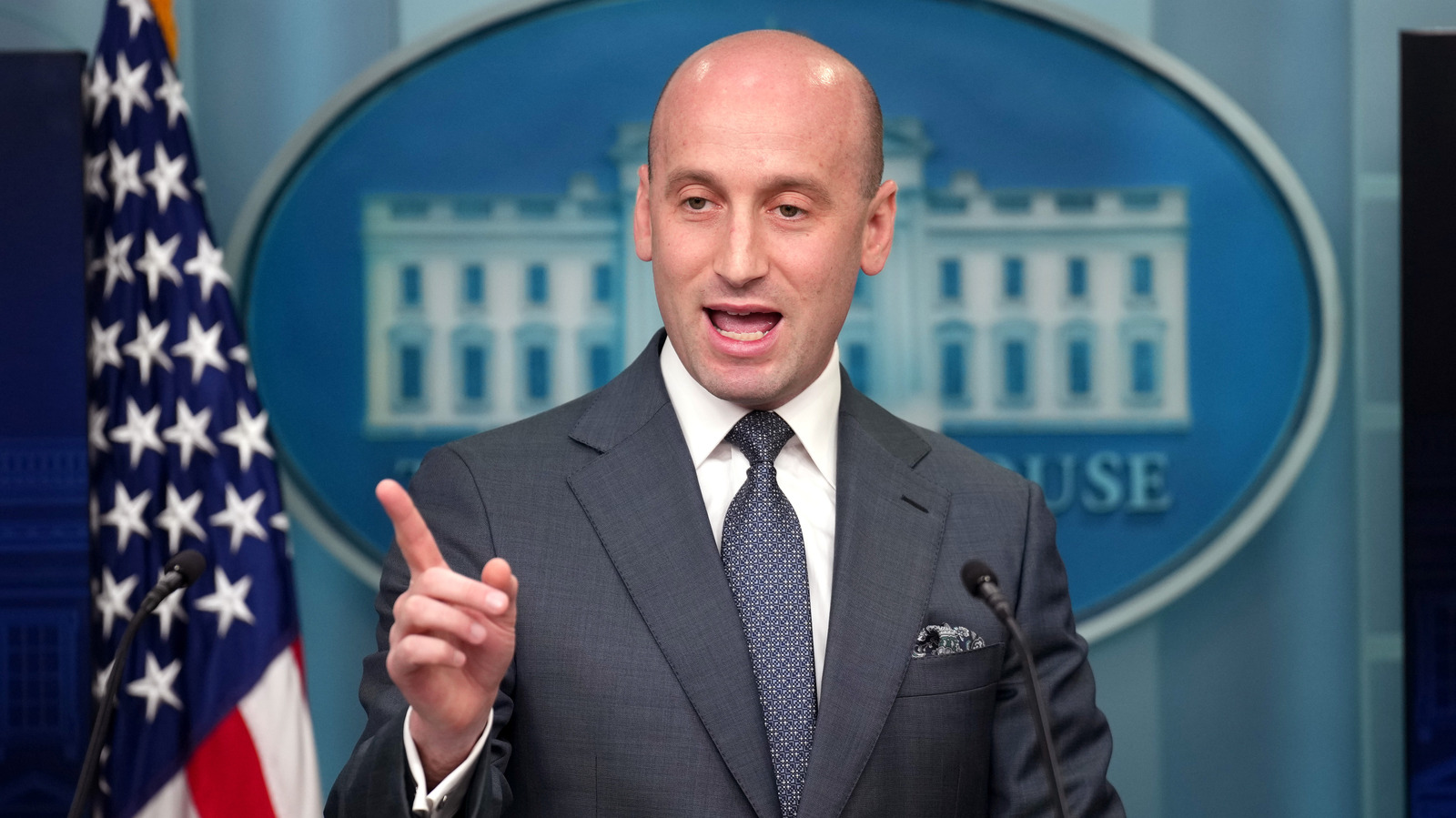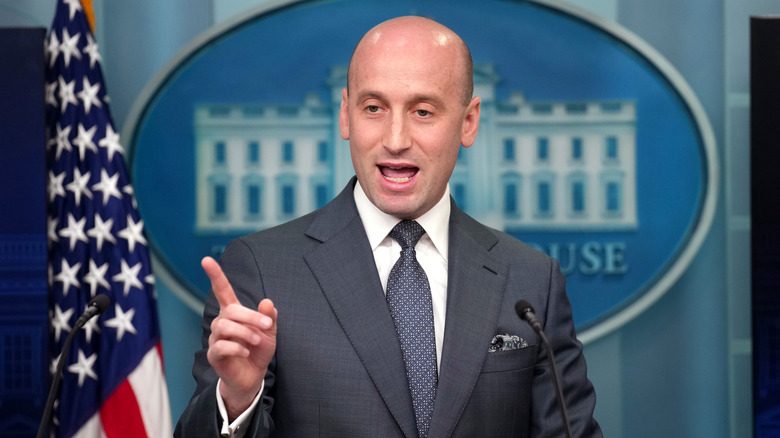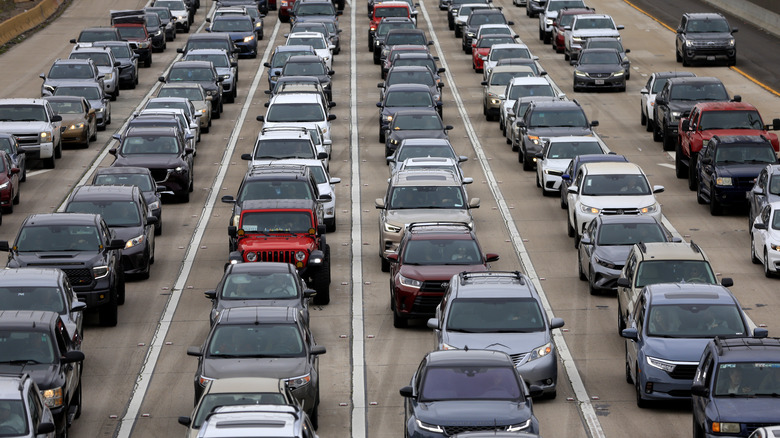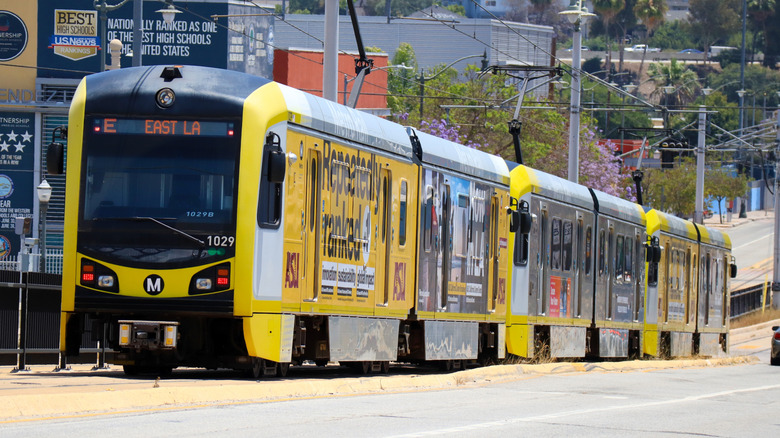Deputy White House Chief of Staff Stephen Miller loves himself a good rant and never misses a chance to declare that Democrats are engaged in a vast plot to let as many undocumented immigrants as possible enter the U.S. so they can destroy Western society and subjugate conservatives. And wreck our glorious education system. And our glorious healthcare system. And jam our formerly shining cities with traffic.
Wait, what? Immigrants make traffic worse? Impoverished immigrants who come to America, legally or illegally, and immediately try to get behind the wheel? Miller threw this allegation into a list of grievances he spewed during a recent Fox News segment, as host Jesse Watters — who has a lot more hair than Miller, creating a weird split-screen contrast — remained reverently mute. If you’ve been regularly propagandized by right-wing media, the claim sounds plausible: more immigrants means more people driving means more congestion. But actually, it doesn’t.
Immigrants ride the bus
The topic of immigration and traffic congestion hasn’t been deeply researched, but it has certainly been looked into. It doesn’t take long to refute Miller’s argument, such as it is, and to discover a few inconvenient truths. In 2012, RAND published the results of a study in the United Kingdom that confirmed what most people confronting the question of immigration’s impact on traffic might suspect: migrant travel was “strongly associated with the use of non-car-driving modes” of transportation.
In the U.S., researchers from Berkeley and Rutgers tackled the issue in New Jersey and published their findings in 2013. They wrote that immigrants “account for a substantial share of all transit ridership, walking and carpooling in the United States and are much less likely than the U.S.-born population to own and drive personal automobiles.” Later on, immigrants might improve their lot, assimilate, and achieve the classic milestone of the American dream by trading the bus for a car. But even then, they still drive less than native residents.
When you dig into the data on this subject, you also discover that immigrants tend to cluster in densely populated urban areas where driving isn’t necessary. That’s a logical choice, particularly for low-income immigrants. If anything, they increase demand for public transit, although evidently not everywhere.
What about California?
In 2018, a paper from the UCLA Institute of Transportation Studies on declining public-transit ridership came out and offered some insights into immigrants and car ownership. This research did suggest that Latino immigrants in California were abandoning subways and buses at a rapid clip as they became successful enough to afford personal cars, but it noted that Asian immigrants were also in the mix. The upshot here is that as California’s immigrants assimilate and prosper, regardless of where they came from, they seek to obtain vehicles — like every other demographic group in California. Less auto-centric U.S. regions probably tell a different story.
This time around, Miller was laying into immigrants from countries such as Haiti and Somalia, insisting that they were fleeing failed societies and would (literally) reduce to rubble the U.S. culture that existed before they arrived, and Democrats would then rule that rubble. No one is surprised by his reliable nastiness, but in the grand scheme of immigration in the West, his claims about gridlock caused by migrants are weak.





